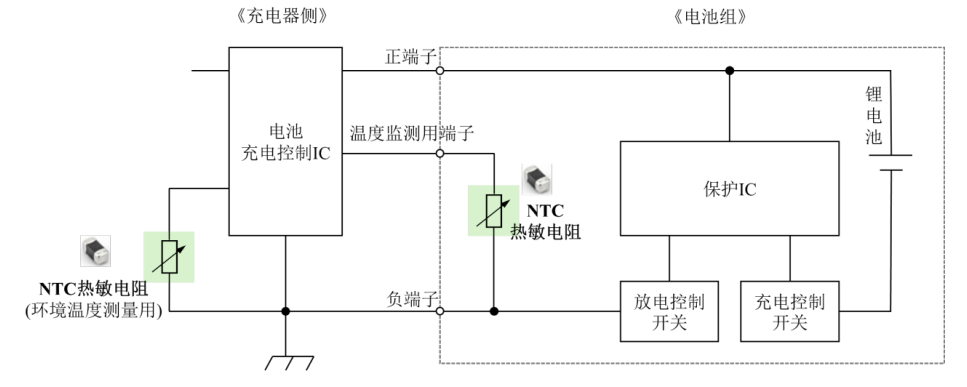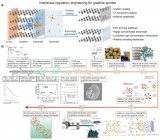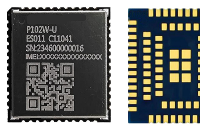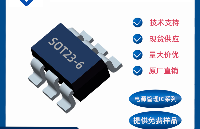This cyborg moth has an electrical implant inside of the muscles it uses to control flight.
With the goal of one day making tiny drones out of living insects, a team of engineers created a cyborg moth and watched it spin inside an "insect disco" full of flashing lights.
The researchers didn't actually control the moth during flight. But by using an electrical implant, they say they recorded crucial data on how the cyborg moth coordinates its muscle movements to twirl right and left.
While the insect was in its late pupal stage, still wrapped in a cocoon, the team from North Carolina State University implanted an electrode in the creature's indirect flight muscles, the researchersexplained in a video. By the time the insect developed into an adult moth, enough tissue had grown around the implant that it effectively became part of the insect's body. [Biomimicry: 7 Clever Technologies Inspired by Nature]
Then, the team put the cyborg moth inside a circular "arena" that looks like a miniature disco, complete with panels of LED lights. The moth spun in the same direction as the rotating LED lights, and it was tethered to a platform (almost like a go-go dancer's cage) that was levitated by electromagnets to give the moth freedom to turn left and right.
"By watching how the moth uses its wings to steer while in flight, and matching those movements with their corresponding electromyographic signals, we're getting a much better understanding of how moths maneuver through the air," study researcher Alper Bozkurt, an assistant professor of electrical and computer engineering at NC State, said in a statement.
"We're optimistic that this information will help us develop technologies to remotely control the movements of moths in flight," Bozkurt added. The research was detailed last month in the Journal of Visualized Experiments.
If the concept takes flight, cyborg moths could perhaps be used as emergency responders in places too dangerous for humans to enter. These "biobots" could be steered into disaster zones to gather information and look for survivors. Or, these bionic insects could be recruited as tiny spies. Engineers started exploring the possibility of cyborg moths several years ago at a lab at Cornell University, as part of a project known as HI-MEMS (Hybrid Insect Microelectromechanical Systems) for the U.S. military's Defense Advanced Research Project Agency, or DARPA.
The idea of outfitting animals with artificial parts to do the dirty work of people is hardly new. (It could perhaps be traced back to the Renaissance, when at least one German artillery expert was writing about strapping bombs to cats and sending them behind enemy lines.) More recently, hardy cockroaches have become popular cyborg candidates. In 2012, Bozkurt and his colleagues demonstrated that they could steer a Madagascar hissing cockroach along a set path by sending electrical signals to the insect's antennae and other sensory organs.
欣賞舞池中飛舞的電子飛蛾
這種半機(jī)械蛾有它用來控制肌肉內(nèi)的線路植入物飛行。
最高一天,做微小的寄生蟲了活蟲的目標(biāo),一個(gè)工程師團(tuán)隊(duì)創(chuàng)造了一個(gè)電子人蛾,看著它旋轉(zhuǎn)的&QUOT內(nèi)昆蟲迪斯科"全閃燈.
研究人員實(shí)際上并沒有在飛行控制蛾。但是,通過使用電子植入物,他們說,他們記錄了如何在電子人飛蛾協(xié)調(diào)其肌肉的運(yùn)動(dòng)來捻權(quán)的關(guān)鍵數(shù)據(jù),并從北留.
雖然昆蟲在其后期蛹期,還包在繭中,團(tuán)隊(duì)北卡羅來納州立大學(xué)植入生物的間接飛行肌,研究人員&NBSP電極;在視頻解釋。由昆蟲發(fā)展成成年蛾的時(shí)間,足夠的組織已增長(zhǎng)周圍,它有效地成為了昆蟲的身體的一部分的植入物。 [仿生學(xué):7聰明的技術(shù)靈感來自于大自然Biomimicry: 7 Clever Technologies Inspired by Nature看起來像一個(gè)微型的迪斯科,配有LED燈板。紡絲中的相同的方向上旋轉(zhuǎn)的LED燈蛾,它被拴在平臺(tái)(幾乎像一個(gè)復(fù)去舞者的籠),將其懸浮由電磁鐵,得到蛾自由左轉(zhuǎn)和右.
u0026 QUOT;通過觀察如何使用蛾的翅膀,帶領(lǐng)在飛行過程中,和匹配這些運(yùn)動(dòng)及其相應(yīng)的肌電信號(hào),我們得到一個(gè)更好的理解飛蛾如何操縱在空中,"研究研究員阿爾珀Bozkurt的,電子與計(jì)算機(jī)工程助理教授在北卡羅來納州,在一份聲明中.
u0026 QUOT說,我們很樂觀地認(rèn)為,這些信息將幫助我們開發(fā)的技術(shù)來遠(yuǎn)程控制飛蛾在飛行中,與QUOT的動(dòng)作; Bozkurt的補(bǔ)充。該研究上個(gè)月詳見雜志可視化的實(shí)驗(yàn).
如果這個(gè)概念在飛翔,半機(jī)械飛蛾也許可以作為緊急救援人員的地方太危險(xiǎn)了人類進(jìn)入。這些" biobots"可以轉(zhuǎn)向到災(zāi)區(qū)搜集資料,并尋找幸存者。或者,這些仿生昆蟲可以招募為間諜很小。工程開工前幾年探索電子人飛蛾的可能性在一個(gè)實(shí)驗(yàn)室在康奈爾大學(xué),因?yàn)楸环Q為HI-MEMS(混合昆蟲微機(jī)電系統(tǒng))的一個(gè)項(xiàng)目,為美國(guó)軍方的國(guó)防高級(jí)研究計(jì)劃局,或DARPA .
一部分舾裝動(dòng)物人工部分做的人臟活的想法是什么新鮮事。 (這也許可以追溯到文藝復(fù)興時(shí)期,當(dāng)至少一個(gè)德軍炮兵專家一直在寫關(guān)于魁梧炸彈貓,把他們敵后。)最近,頑強(qiáng)的蟑螂已成為流行的電子人的候選人。 2012年,Bozkurt的和他的同事證明,他們可以通過發(fā)送電信號(hào)到昆蟲的觸角和其他感官引導(dǎo)沿著一組路徑馬達(dá)加斯加發(fā)聲蟑螂.
-
機(jī)器人
+關(guān)注
關(guān)注
211文章
28800瀏覽量
209114
發(fā)布評(píng)論請(qǐng)先 登錄
相關(guān)推薦
Poly-SE選擇性多晶硅鈍化觸點(diǎn)在n-TOPCon電池中的應(yīng)用

貼片NTC熱敏電阻在移動(dòng)設(shè)備電池中的應(yīng)用

北京大學(xué):解讀鋰電池中質(zhì)子角色

效率提升0.15-0.2%:雙面Poly和Poly Finger技術(shù)在TOPCon電池中的創(chuàng)新應(yīng)用

大功率PCB Layout設(shè)計(jì)外包有哪些挑戰(zhàn)
石墨負(fù)極在鋰離子電池中的發(fā)展與儲(chǔ)鋰機(jī)制

LTE-CAT1模組在兩輪車電池中的應(yīng)用





 欣賞舞池中飛舞的電子飛蛾
欣賞舞池中飛舞的電子飛蛾











評(píng)論